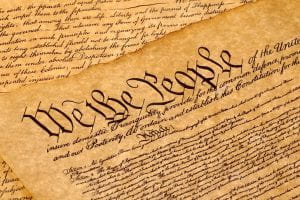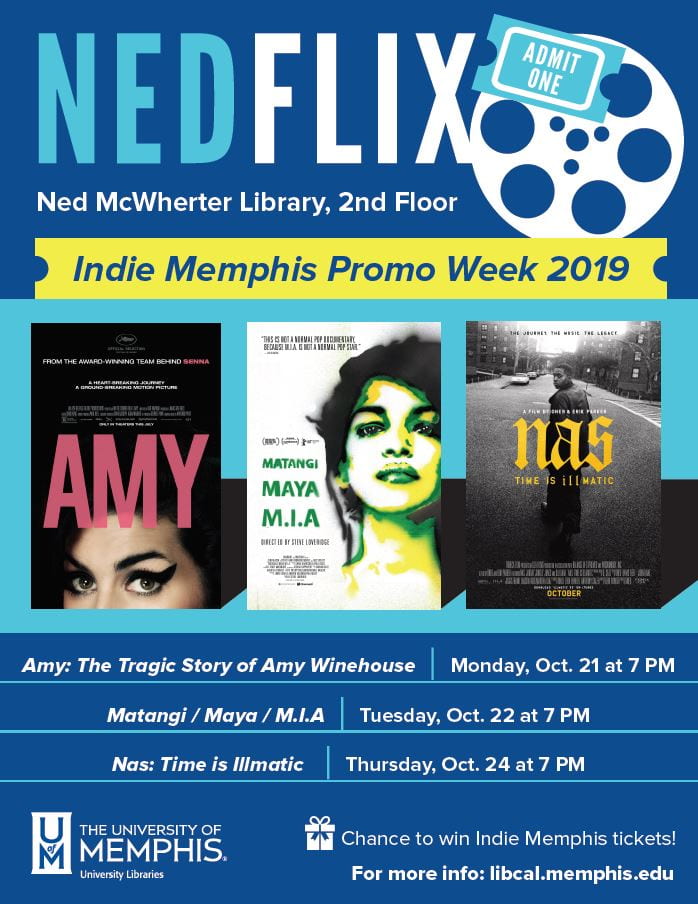
Written by Benjamin Clanton, Government Publications
Most of us have heard terms associated with investing as a part of our daily lives (or just in passing). The stock market and Wall Street. The S&P 500 and the Dow Jones Industrial Average. Growth versus value investing. Treasury bonds and real estate. Bull markets and bear markets. Commodities and futures. And one of the newer topics, Bitcoin and cryptocurrency. It can truly make your head spin. But what does it all mean? In 2021, many Americans, including myself, became more interested in this world during what is known as the “Gamestop Saga,” which shone a light on such players as retail investors, hedge funds, and a Reddit community known as Wall Street Bets.
Though this event dealt largely with niche investing, it also led some, including myself, to begin educating themselves on how to invest for their financial future. Luckily, there are a ton of resources available to help you with this journey. The federal government itself makes a point of teaching its citizenry about investing as a part of a larger initiative known as financial literacy. Many of you probably already invest in some form through the workplace, either in a 401(k) or another type of retirement account. However, if you are interested in becoming a bit more proactive and hands-on, I have compiled some websites and books that may help.
A quick reminder before you get started: Many types of investing, especially certain aspects of the stock market and basically all cryptocurrency, come with inherent risks that you need to be informed about; like so many things in life, education and taking it slow are important when investing on your own. And there are any number of investment styles that can cater to you as an individual. So, after all of that, if you still want to explore this surprisingly interesting world, or just want to read up on events and figures that have shaped the way markets operate, take some time to peruse these resources on offer through the Government Publications Department and the University Libraries. At minimum, it could help you better understand what the heck is actually going on when you watch movies like “Wall Street” or “The Big Short.” Enjoy!

Online Government Resources
- Investor.gov (from the Securities and Exchange Commission)
- U.S. Securities and Exchange Commission
- Investor Education Resources from the Tennessee Department of Commerce & Insurance
- Consumer Financial Protection Bureau – Consumer Resources
- Mymoney.gov
- Virtual Currencies – Internal Revenue Service
Government Documents
- Game Stopped? Who Wins and Loses when Short Sellers, Social Media, and Retail Investors Collide
- Who Wins on Wall Street? Gamestop, Robinhood, and the State of Retail Investing
- Wall Street and the Financial Crisis: The Role of the Investment Banks
- The Watchdogs Didn’t Bark: Enron and the Wall Street Analysts
- U.S. Equity Market Structure: A Review of the Evolution of Today’s Equity Market and How We Got Here
- Robots on Wall Street: The Impact of AI on Capital Markets and Jobs in the Financial Services Industry
- Exploring the Cryptocurrency and Blockchain Ecosystem
- Bitcoin, Blockchain, and the Energy Sector
- Beyond Bitcoin: Emerging Applications for Blockchain Technology
For the Beginning Investor
- A Random Walk Down Wall Street – Burton Malkiel
- The Intelligent Investor – Benjamin Graham
- The Little Book That Beats the Market – Joel Greenblatt
- One Up on Wall Street – Peter Lynch
- The Mind of Wall Street – Leon Levy
- Broke Millennial Takes on Investing – Erin Lowry (Available on Overdrive through the Memphis Public Library)
Wall Street Stories
- Barbarians at the Gate: The Fall of RJR Nabisco – Bryan Burrough
- Black Edge: Inside Information, Dirty Money, and the Quest to Bring Down the Most Wanted Man on Wall Street – Sheelah Kolhatkar
- The Smartest Guys in the Room: The Amazing Rise and Scandalous Fall of Enron – Bethany McLean
- The Big Short: Inside the Doomsday Machine – Michael Lewis
- Too Big to Fail: The Inside Story of How Wall Street and Washington Fought to Save the Financial System From Crisis . . . and Themselves – Andrew Ross Sorkin
- This Changes Everything: Occupy Wall Street and the 99% Movement – Edited by Sarah van Gelder

Market Movers and Shakers
- Steve Jobs – Walter Isaacson
- Elon Musk: Tesla, SpaceX, and the Quest for a Fantastic Future – Ashlee Vance
- Fire in the Valley: The Making of the Personal Computer – Paul Freiberger
- Bad Blood: Secrets and Lies in a Silicon Valley Startup – John Carreyrou
- The Essays of Warren Buffett: Lessons for Corporate America – Warren E. Buffett
Cryptocurrency, Blockchain, and the Future of Finance
- Digital Gold: Bitcoin and the Inside Story of the Misfits and Millionaires Trying to Reinvent Money – Nathaniel Popper
- Cryptocurrency Revolution: Finance in the Age of Bitcoin, Blockchains and Tokens – Rhian Lewis
- Blockchain Revolution: How the Technology Behind Bitcoin is Changing Money, Business, and the World – Dan Tapscott





